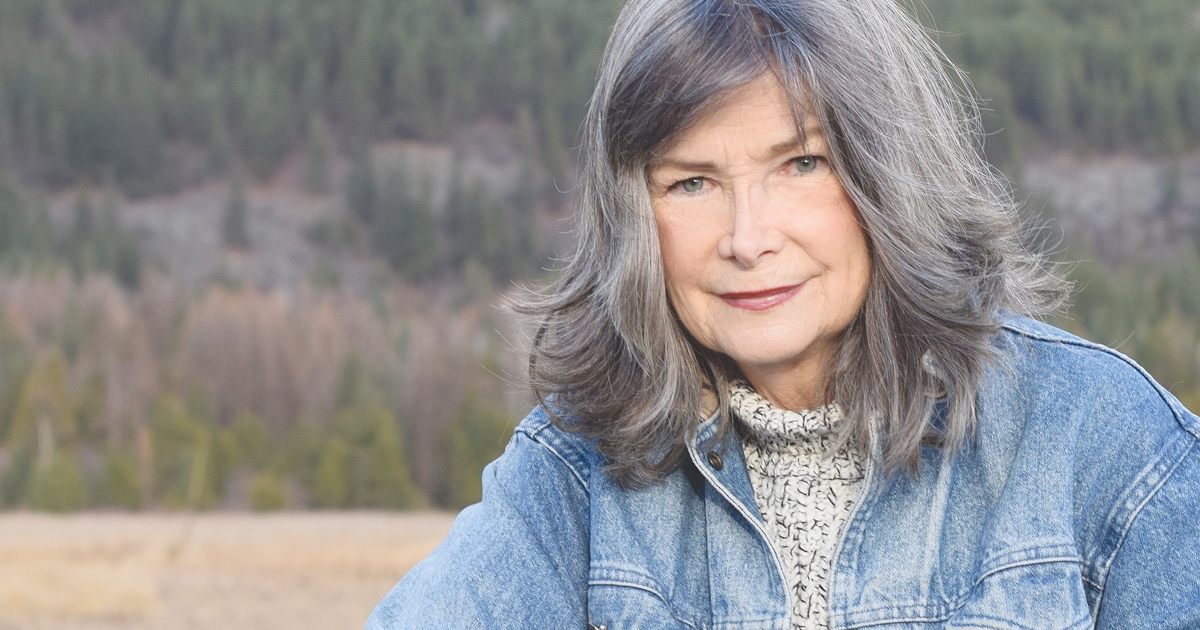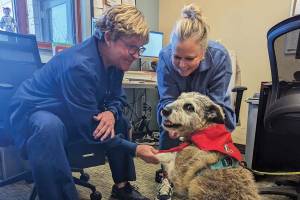(Delia Owens, G.P. Putnam’s Sons: 2018)
North Idaho resident and wildlife scientist Delia Owens wrote books and professional papers about Africa and its animals for decades. But writing her first novel in her 60s, she said, was like “starting a second career on the 99-yard line.”
Moving into fiction after writing about her real Africa observations was like going from riding a horse in an arena and the confinement that represents to “riding wherever I wanted to. It was just so freeing; my imagination ran wild!”
It was Owen’s deep immersion in natural history and conservation that makes her book, Where the Crawdads Sing, ring with authenticity. The complex science presented in the book in a “bright and breezy style,” according to Owens, was a way to draw the reader in and make them comfortable with the social-biological issues the heroine, Kya Clark, encounters.
Owens carefully chose the North Carolina coast as the setting for her novel.
“There were practical and poetic reasons for choosing the area,” Owens explained. “It had to be a place an abandoned 10-year-old girl could realistically survive. The temperate climate of North Carolina, with food lying around in the form of fish, mussels, and crabs, makes that survival believable.”
The poetic reasons for the setting are equally important Owens said. “The marsh is where bright water flows while the nearby swamp is a deeper, darker place.”
This imagery is a reflection of the social and psychological dilemmas Kya must weather as she learns to survive and mature.
“A lot of us end up in a swamp during times of our lives,” Owens reflected. “But we also have to know how we can move to the light.”
Both settings are critical to the story and the evolving character of Kya, who is abandoned by both parents and left to survive around the crude homestead in the marsh. This single female imagery is critical to understanding one of Owen’s themes.
“All social mammals form bonded groups that are female only,” she explained. “They mostly stay together throughout their lives: a herd of female elephants and a pride of lionesses are good examples. Males form alliances but never bond in groups. Kya is a female without a bonded group, and that molds who she becomes.”
Owen said that humans have a “genetic propensity to live in social groups.” Kya’s abnormal life, living alone most of the time, touches another of the author’s themes.
“It hit me when I returned to the U.S. that I could be lonely even if I lived in a city, since I didn’t have a bonded female social group. It occurred to me then that you don’t have to live in a marsh to be lonely, and I think this helps people connect with Kya. I’ve heard from many readers who say they understand this kind of loneliness. You don’t have to live in a swamp to feel isolated.”
The supporting characters in this novel are flawed, and all, in some way, betray the trust Kya initially gives them. But it is her resiliency that marks Kya more than her disadvantages.
Her intimate understanding of the ecological forces within the marsh and swamp become a life raft for her emotionally and, over time, secure her financial future, as her untutored artistic genius becomes recognized. Even so, a dark undercurrent lurks beneath the surface that only comes to light at the end of the novel.
Where the Crawdads Sing is one of the most exceptional books I have read in years. The words depicting the marsh life are lyrical and lend a depth to the novel that undergirds the social-emotional issues Kya struggles with.
Rarely do I find a book that melds science so beautifully with a well-crafted, edge-of-the-seat tale. The “marsh girl” drew me into her story, and Owen’s skill as a story teller kept me there.
This tale will keep you engaged for hours and may tap into some deep memories and emotions of your own. MSN










